CSS Grid vs. Flexbox: Which to Choose?

 Written by Massa Medi| January 2, 2025
Written by Massa Medi| January 2, 2025
As a web developer, one of the first things you’ll need to master is layouts. How do you position elements on a page so that they look great on all screen sizes? CSS has evolved to give developers powerful tools for creating flexible and responsive layouts. CSS Grid and Flexbox are two of the most popular and versatile layout techniques available. But when should you use one over the other? In this blog post, we’ll explore the differences between Grid and Flexbox and help you decide which to use for your next project.
Understanding Flexbox
Flexbox (Flexible Box Layout) is a one-dimensional layout method that allows you to control how items are arranged either in a row or column. It's perfect for creating layouts where you want elements to align or distribute space along a single axis (either horizontally or vertically).
Key Features of Flexbox
- One-Dimensional Layout: Flexbox deals with layout in one direction at a time—either a row or a column. It’s ideal for simple layouts, like a navigation bar, or aligning items within a container.
- Alignment and Distribution: Flexbox excels in aligning elements along the main or cross axis. You can easily center elements, space them evenly, or push them to one side of a container.
- Responsive Adjustments: Items inside a flex container adjust their size and position based on available space, making Flexbox highly adaptable for responsive designs.
One of the most common uses for Flexbox is laying out navigation bars or aligning content within a single column or row. Here's a simple example:
.flex-container {
display: flex;
justify-content: space-between;
align-items: center;
}
.flex-item {
margin: 10px;
}
Understanding CSS Grid
CSS Grid is a two-dimensional layout system that allows you to control both rows and columns. It’s perfect for creating complex layouts that require items to be positioned across multiple rows and columns.
Key Features of CSS Grid
- Two-Dimensional Layout: Grid lets you control both horizontal (columns) and vertical (rows) alignment. It’s especially useful for more complex layouts like grids, dashboards, or multi-column designs.
- Explicit and Implicit Grids: With CSS Grid, you can define the exact number of rows and columns, or allow the grid to implicitly create them based on content.
- Layering and Overlapping: Grid allows for positioning elements in overlapping layers, something Flexbox cannot do.
CSS Grid is perfect for projects where you need complete control over both rows and columns. Here's an example of how to define a simple grid layout:
.grid-container {
display: grid;
grid-template-columns: repeat(3, 1fr);
grid-gap: 10px;
}
.grid-item {
padding: 20px;
background-color: #f1f1f1;
}
Flexbox vs. Grid: When to Use Which?
Now that we’ve covered the basics of both Flexbox and CSS Grid, let’s look at when you should use each. While both systems are powerful, they excel in different scenarios.
1. Use Flexbox When:
- Aligning items along a single axis: Flexbox is perfect for laying out items in a row or column. If your design needs horizontal or vertical alignment—like a navigation bar or a set of buttons—Flexbox is the better option.
- Dealing with simple layouts: Flexbox is lightweight and ideal for straightforward layouts where you don’t need control over both rows and columns.
2. Use CSS Grid When:
- Creating complex, two-dimensional layouts: CSS Grid shines when you need control over both rows and columns. It’s perfect for building entire webpage layouts, dashboards, or multi-column designs.
- Precise placement of elements: If you need specific placement of elements across a grid, CSS Grid allows you to define exactly where each item should go.
In some cases, you might find that using both Flexbox and Grid in the same project makes the most sense. For example, you could use Grid for the overall page layout and Flexbox for aligning items within a particular section.
Conclusion
Both CSS Grid and Flexbox are essential tools in modern web design. Flexbox is the best choice for simpler, one-dimensional layouts where you need items to align along a single axis, while Grid is ideal for more complex, two-dimensional designs.
Ultimately, the decision between CSS Grid and Flexbox depends on your project’s needs. Understanding the strengths of each system will help you build more flexible, responsive, and maintainable layouts. With both tools in your toolkit, you’re well-equipped to create stunning, user-friendly designs.
Interested in learning more about CSS and web design techniques? Explore CSS to deepen your knowledge and take your web development skills to the next level.
Recommended
Explore More Recent Blog Posts

Understanding How the Internet Works
January 13, 2025
Learn how the internet functions, from the basics of networking to protocols like HTTP. Understand key concepts like IP addresses, DNS, and data packet routing.
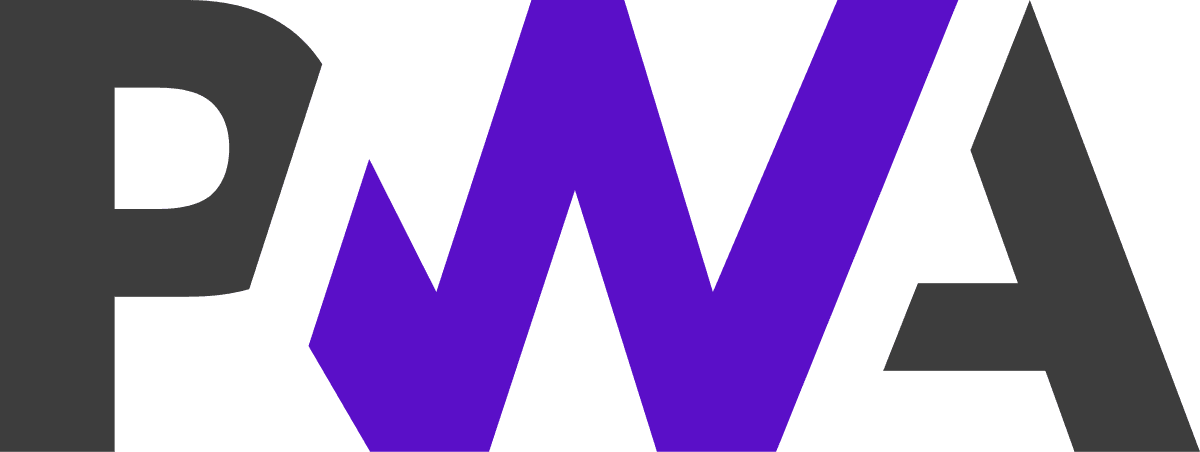
Progressive Web Apps: A Step-by-Step Guide
January 14, 2025
Learn the essentials of building Progressive Web Apps (PWAs) that combine the best of web and mobile apps. This guide covers service workers, manifest files, and offline capabilities to create a seamless user experience.

Mastering SEO and Content Marketing Strategies
January 10, 2025
Unlock the secrets of search engine optimization (SEO) and content marketing. Understand how Google indexes pages and learn to create valuable content that attracts and engages your target audience.
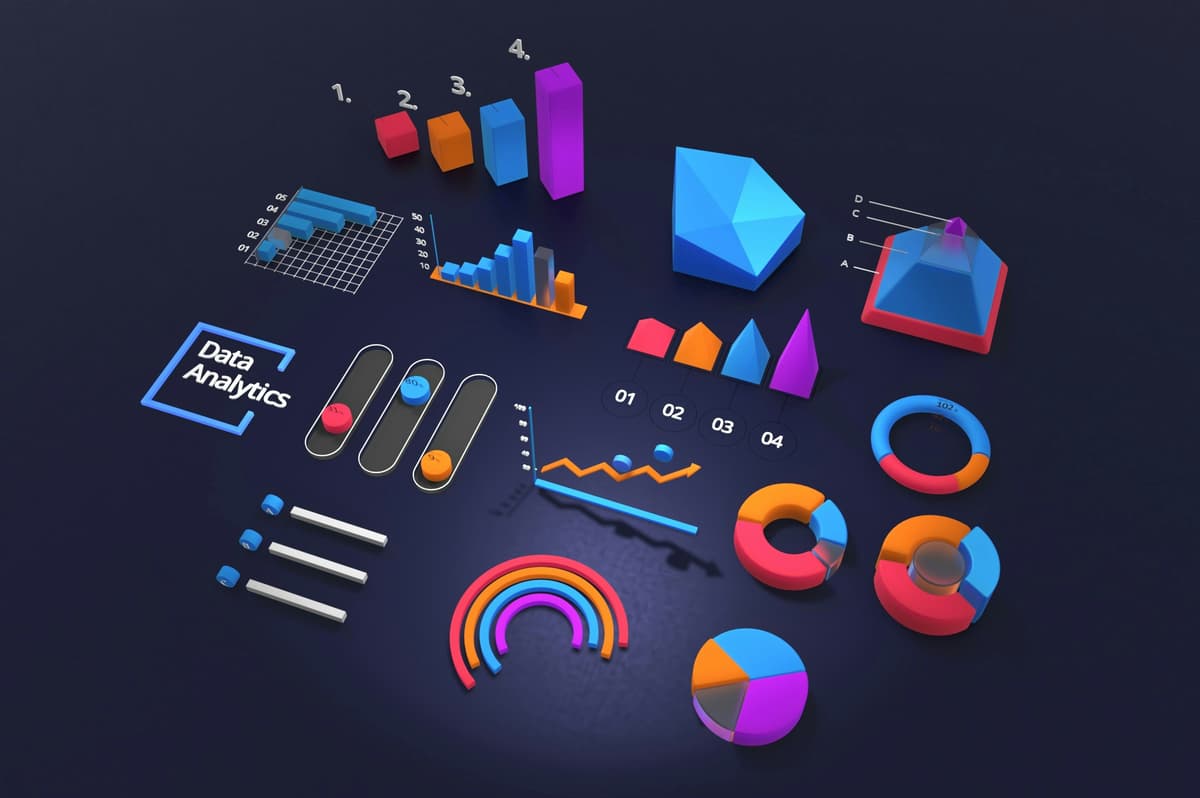
Web Analytics: Tracking User Behavior for Better UX
January 8, 2025
Harness the power of web analytics to improve your website's user experience. Learn how to set up Google Analytics, interpret user behavior data, and use tools like Hotjar and Crazy Egg to optimize your site's performance and conversion rates.

Cybersecurity Essentials for Web Developers
January 4, 2025
Protect your website and users with essential cybersecurity practices. Explore the importance of HTTPS, SSL certificates, and learn about common vulnerabilities like XSS and CSRF.

Monetization Strategies for Tech Professionals
January 1, 2025
Explore various ways to monetize your tech skills. From freelancing on platforms like Upwork and Fiverr to creating and selling digital products.

AI Tools for Developers: Boosting Productivity and Creativity
January 12, 2025
Leverage the power of AI to enhance your development workflow. Discover how tools like ChatGPT and GitHub Copilot can assist in coding, content creation, and problem-solving.

The Rise of No-Code and Low-Code Platforms
January 14, 2025
Explore the growing trend of no-code and low-code platforms. Understand how these tools are changing the landscape of web development and enabling non-technical users to create sophisticated applications.

Blockchain and Web3: The Future of the Internet
January 3, 2025
Dive into the world of blockchain technology and Web3. Understand the fundamentals of decentralized applications (dApps), smart contracts, and cryptocurrencies.

Why Learn React in 2025?
January 13, 2025
Explore the reasons behind React's enduring popularity in 2024. Learn about its efficiency, component-based architecture, and the vibrant ecosystem of libraries that support modern web development.
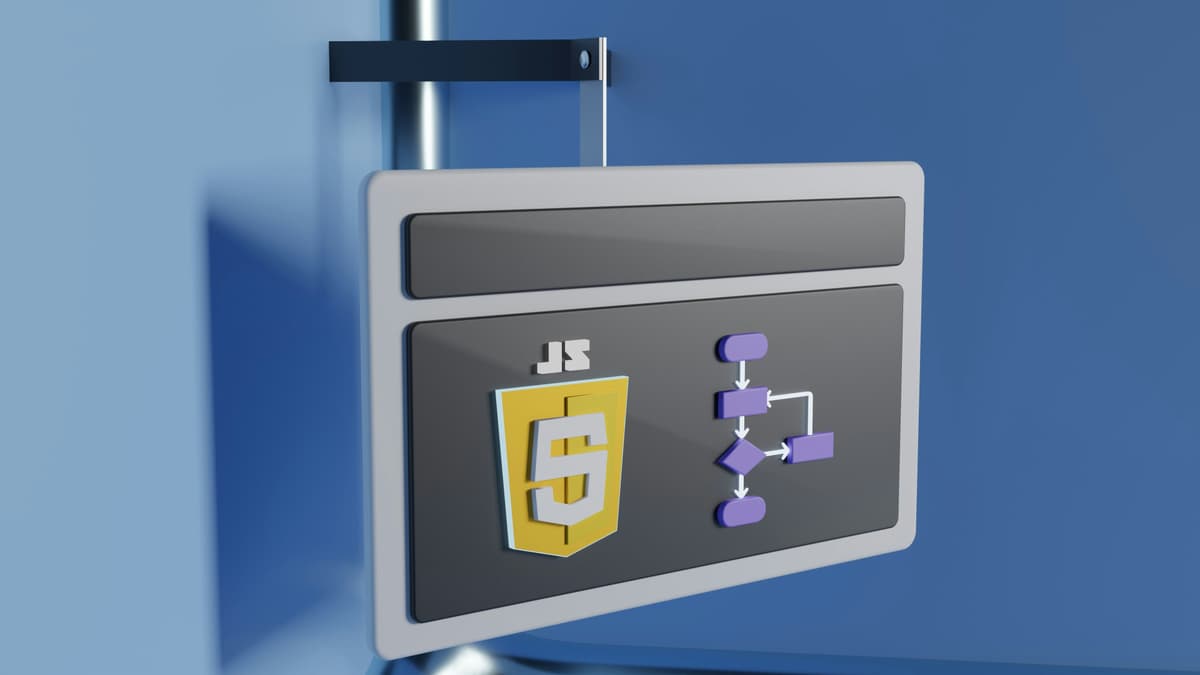
Understanding JavaScript Closures
January 6, 2025
Dive deep into the concept of closures in JavaScript. Learn how closures work, why they are useful, and how they can help you manage scope and data encapsulation in your applications.
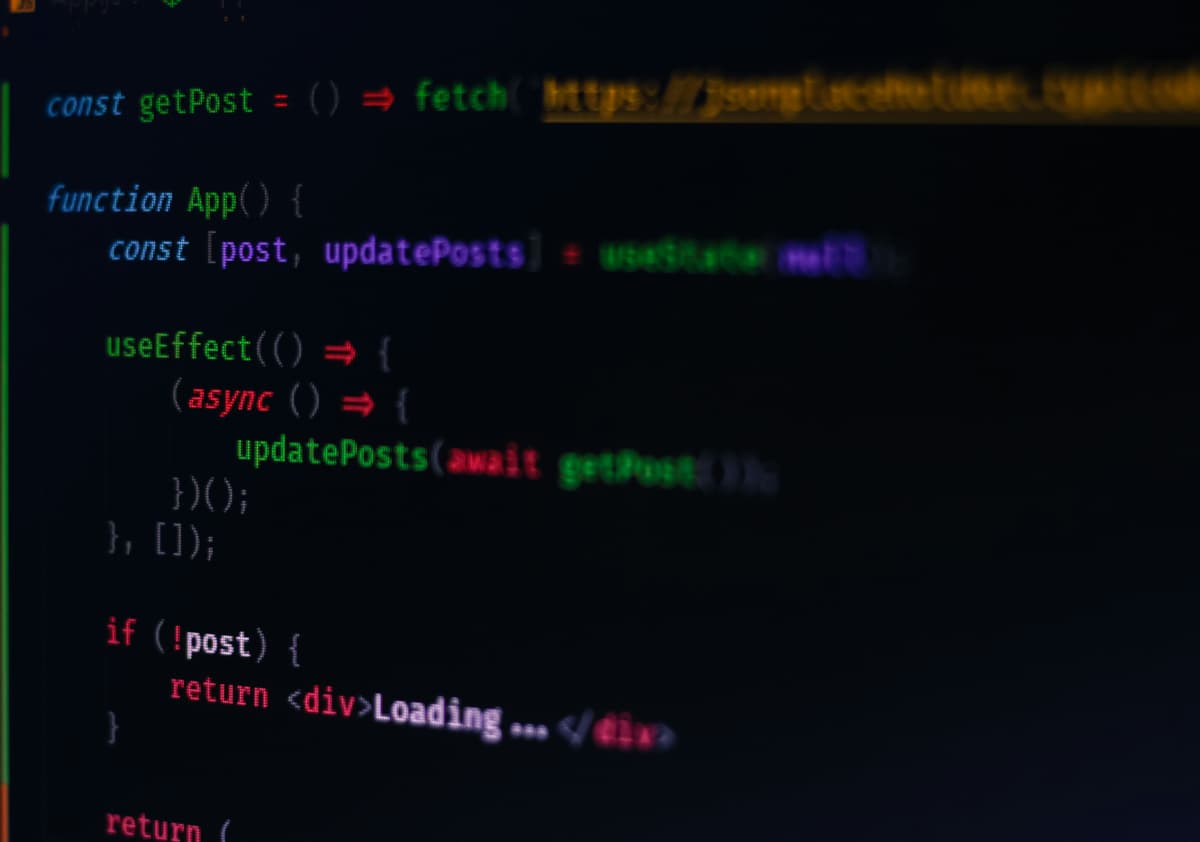
React Hooks: A Comprehensive Guide
January 7, 2025
Get a thorough understanding of React Hooks and how they revolutionize state management in functional components. Explore hooks like useState, useEffect, and custom hooks.
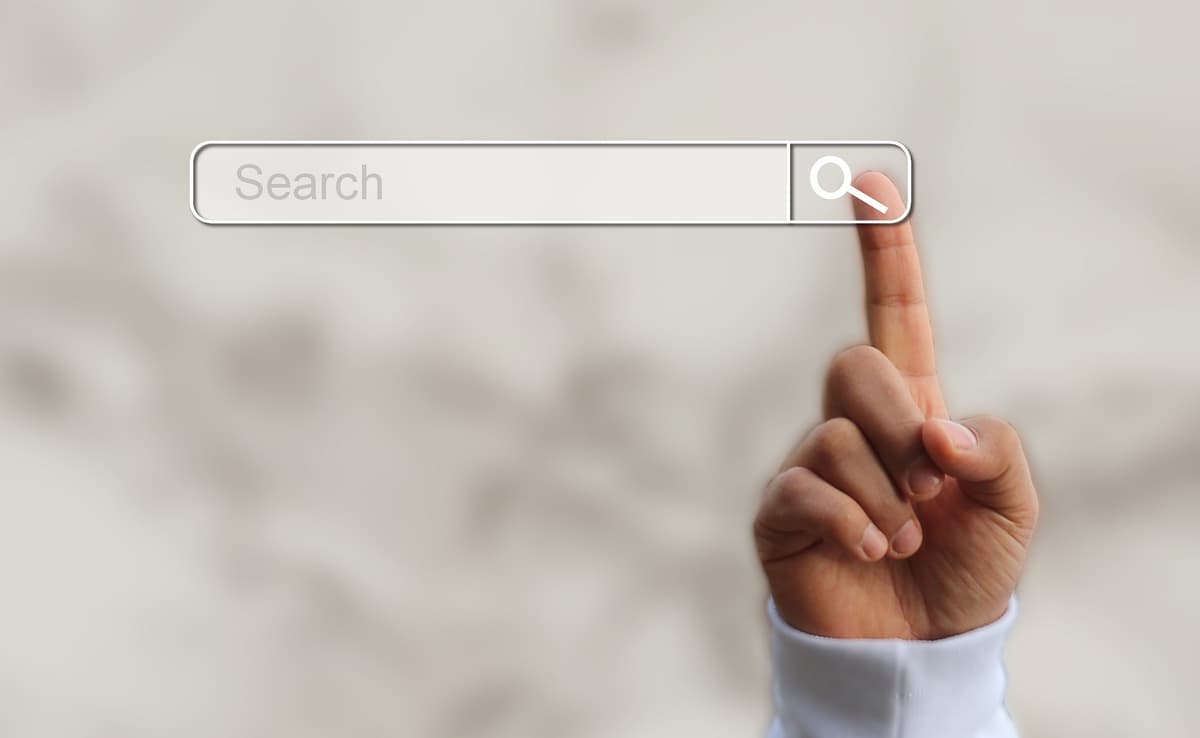
The Ultimate Guide to Google Search Console in 2024
January 7, 2025
Navigate the features and functionalities of Google Search Console to enhance your website's SEO performance. This guide covers setting up your account and using insights to improve your content strategy.
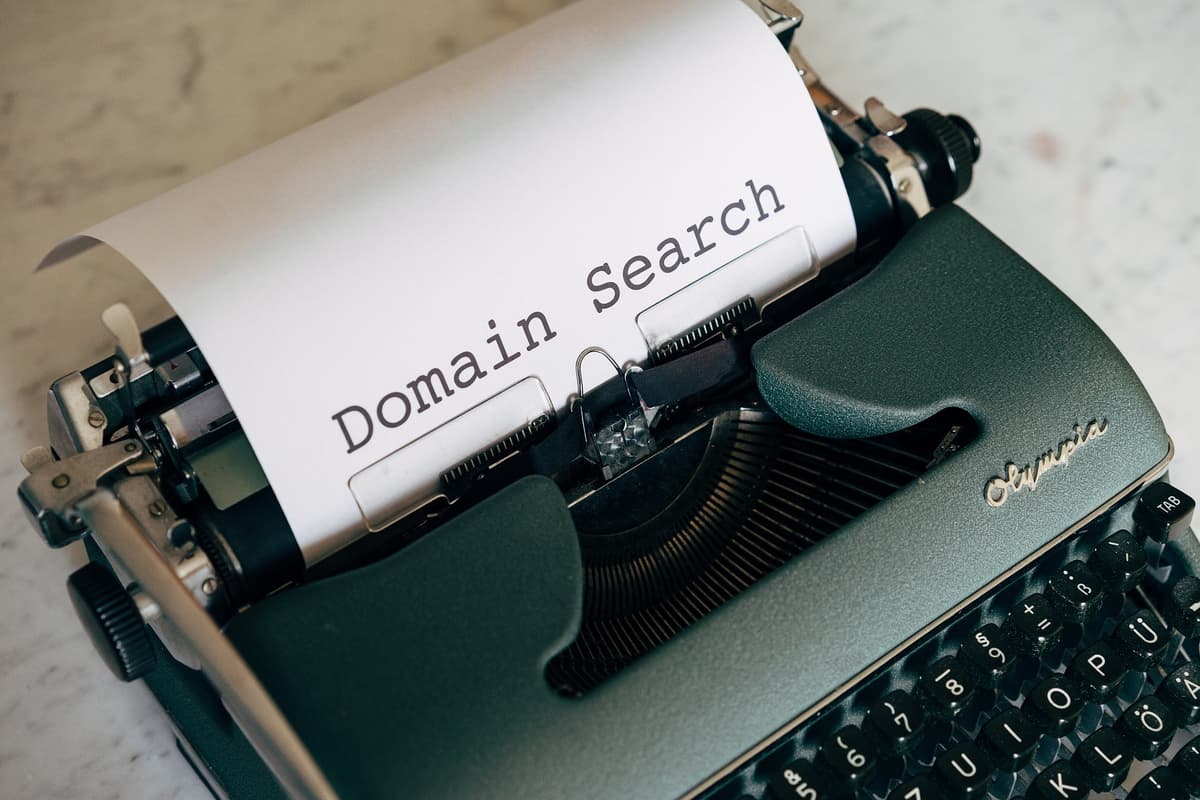
Domain Names: What They Are and How to Choose One
January 12, 2025
Learn about domain names, their structure, and the importance of choosing the right one for your online presence. This post covers best practices for selecting domain names that enhance branding and SEO.

Web Hosting: A Simple Guide to Choosing the Right Provider
January 2, 2025
This guide provides an overview of different types of web hosting services, including shared, VPS, dedicated, cloud, managed, and colocation hosting. It offers practical examples of providers, tips for avoiding scams, and guidance on choosing the right service for your needs. Additionally, it highlights free hosting options like GitHub Pages, Netlify, and Vercel, along with steps for hosting a website that uses HTML, CSS, and JavaScript.
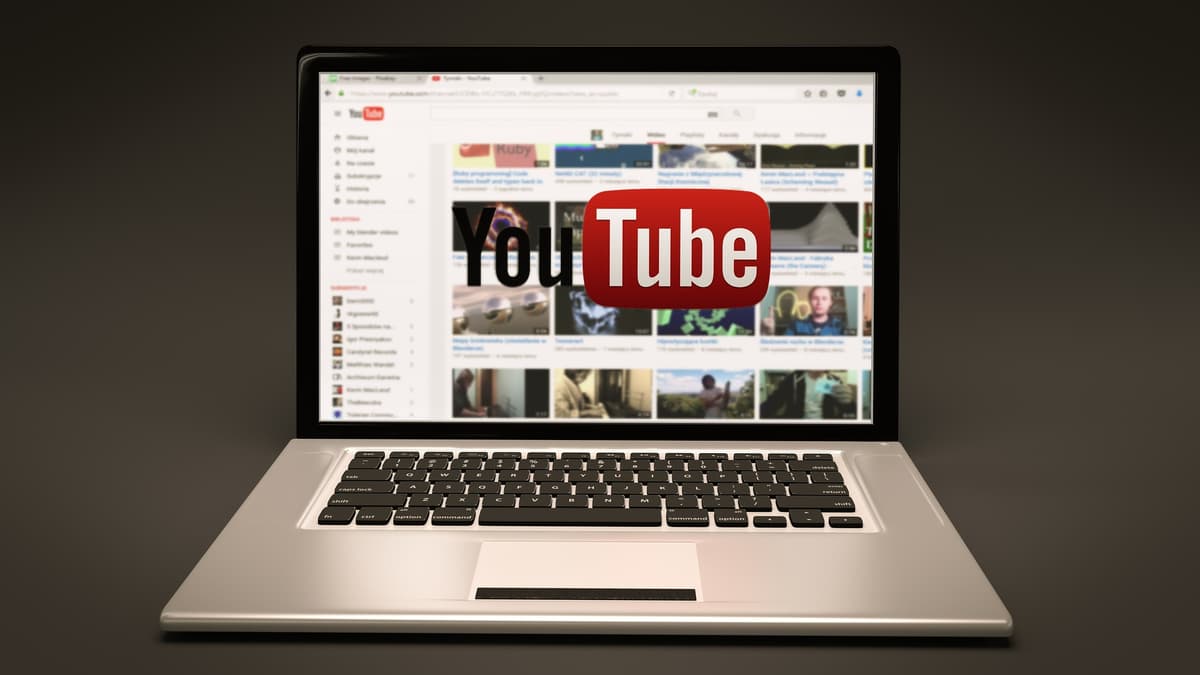
Online Courses and Starting a Tech YouTube Channel: Sharing Your Knowledge and Impacting Lives
January 1, 2025
Learn how to create and sell online courses to share your expertise, and explore the steps to start a tech YouTube channel that can reach and engage a global audience. This blog covers the benefits of online courses, planning content, and strategies to grow a successful YouTube channel.
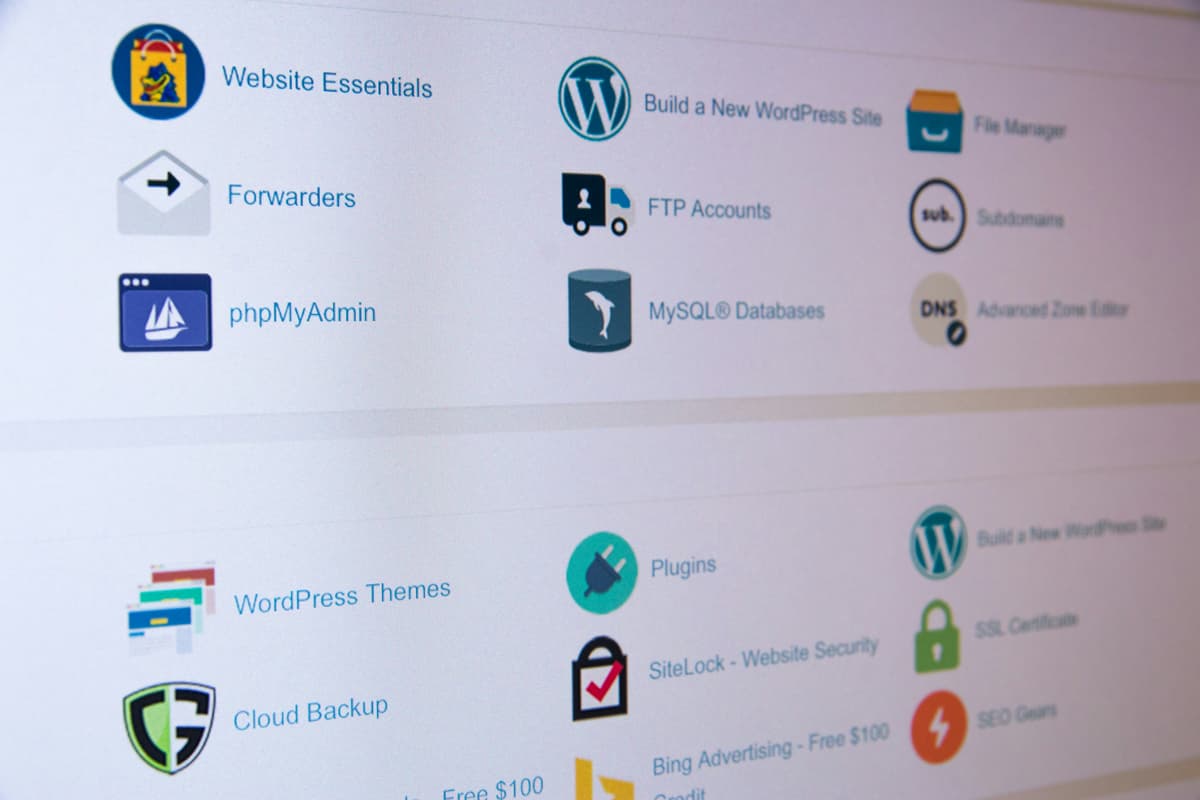
Unleashing the Power of SSL Certificates: Why SSL Matters for Your Website
January 10, 2025
Learn about SSL certificates and their importance in protecting websites. Understand data encryption, authentication, and the types of SSL certificates available, including Domain Validation, Organization Validation, and Extended Validation SSL. Discover how SSL boosts user trust and search engine rankings while ensuring legal compliance.

The Importance of Version Control in Software Development
January 9, 2025
Explore the critical role of version control systems like Git in software development. Understand how version control helps manage changes, collaborate with teams, and maintain project history.

Building Networks as Developers: A Comprehensive Guide to Professional Connections
January 4, 2025
Learn how to build a strong network as a developer and maximize your online presence.

The Internet of Things (IoT): Revolutionizing Our Connected World
January 5, 2025
The Internet of Things (IoT) is transforming the way we live and work by connecting everyday devices to the internet, allowing them to exchange data. This article explores IoT, its history, architecture, real-world applications, and its future impact on industries like healthcare, agriculture, and smart cities. It also discusses the role of AI in IoT, security challenges, and ethical implications.